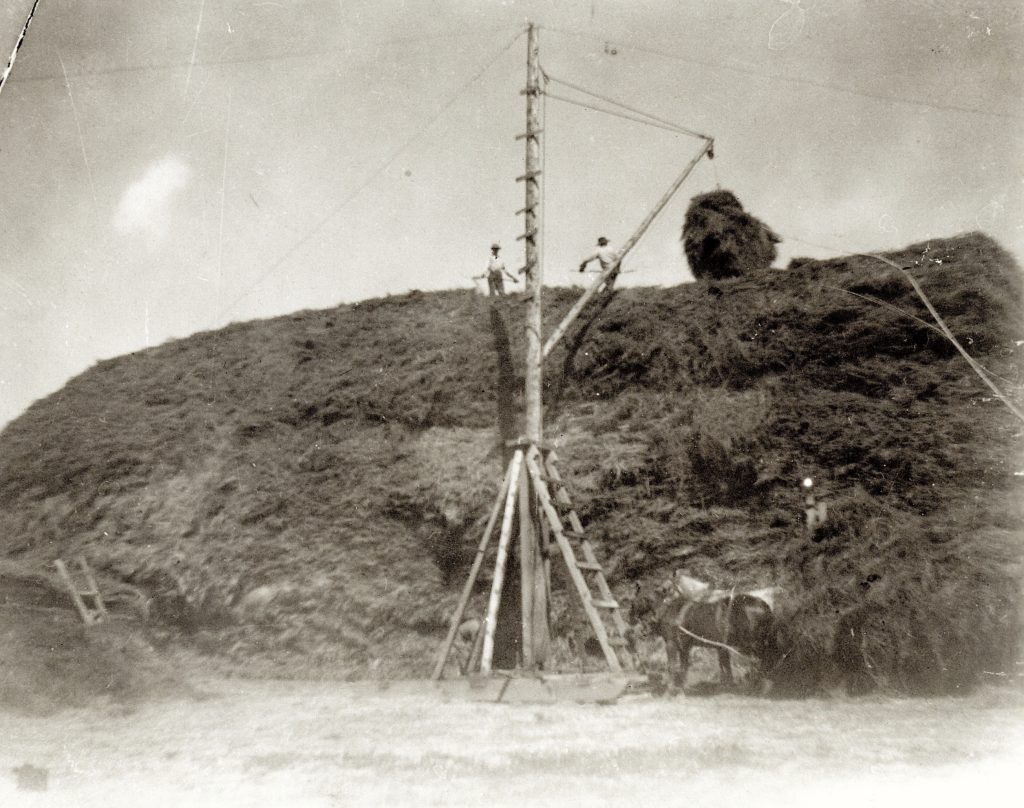
What is common throughout the American West is how one person locates. That person then writes to family and friends to come to the new territory and the land of opportunity. Some times there is a unique twist, which John Kelley is a perfect example.
In 1859, Kelley of Missouri settled at the lower end of the Susan River. There he found an abundant water supply along with natural meadow lands. All was fine until 1863 when the United States Government surveyed the region. Under federal law, the most a person could file was 160 acres. Kelley had already claimed nearly 1,000 acres. Kelley concerned that he could lose his holdings wrote back home and encouraged fellow southerners to come out to join and settle on property he had claimed. With the ravages of the Civil War it did not require Kelley to convince family and friends to join him out west. Those who initially did were William Brashear, Robert Briggs, Chappell Kelley and John Saling. In 1864, when Lassen County Surveyor E.R. Nichols who was doing work in the region, noted a number of residents had served in the Confederate Army , he dubbed the district the Tule Confederacy. Over time the area became known as the Tules and these days its just part of the Standish-Litchfield region.
